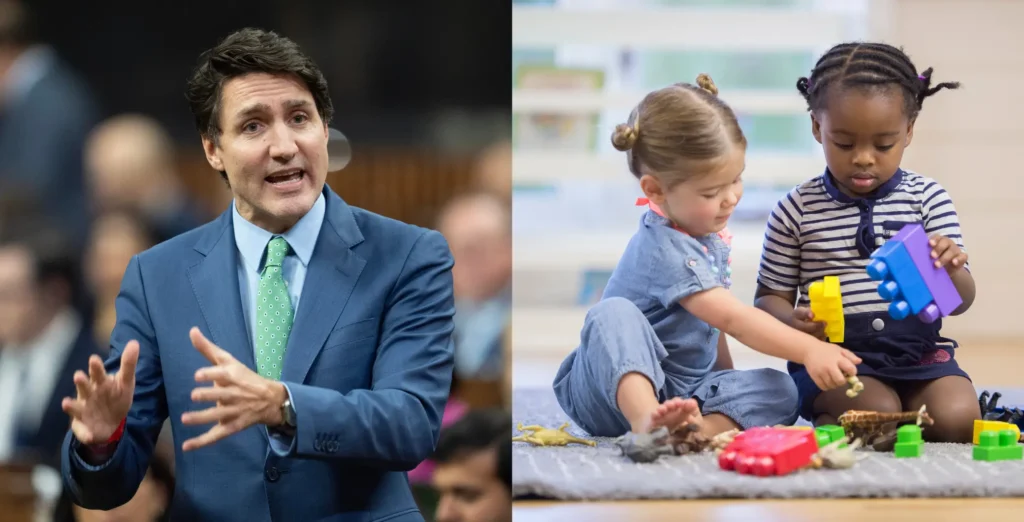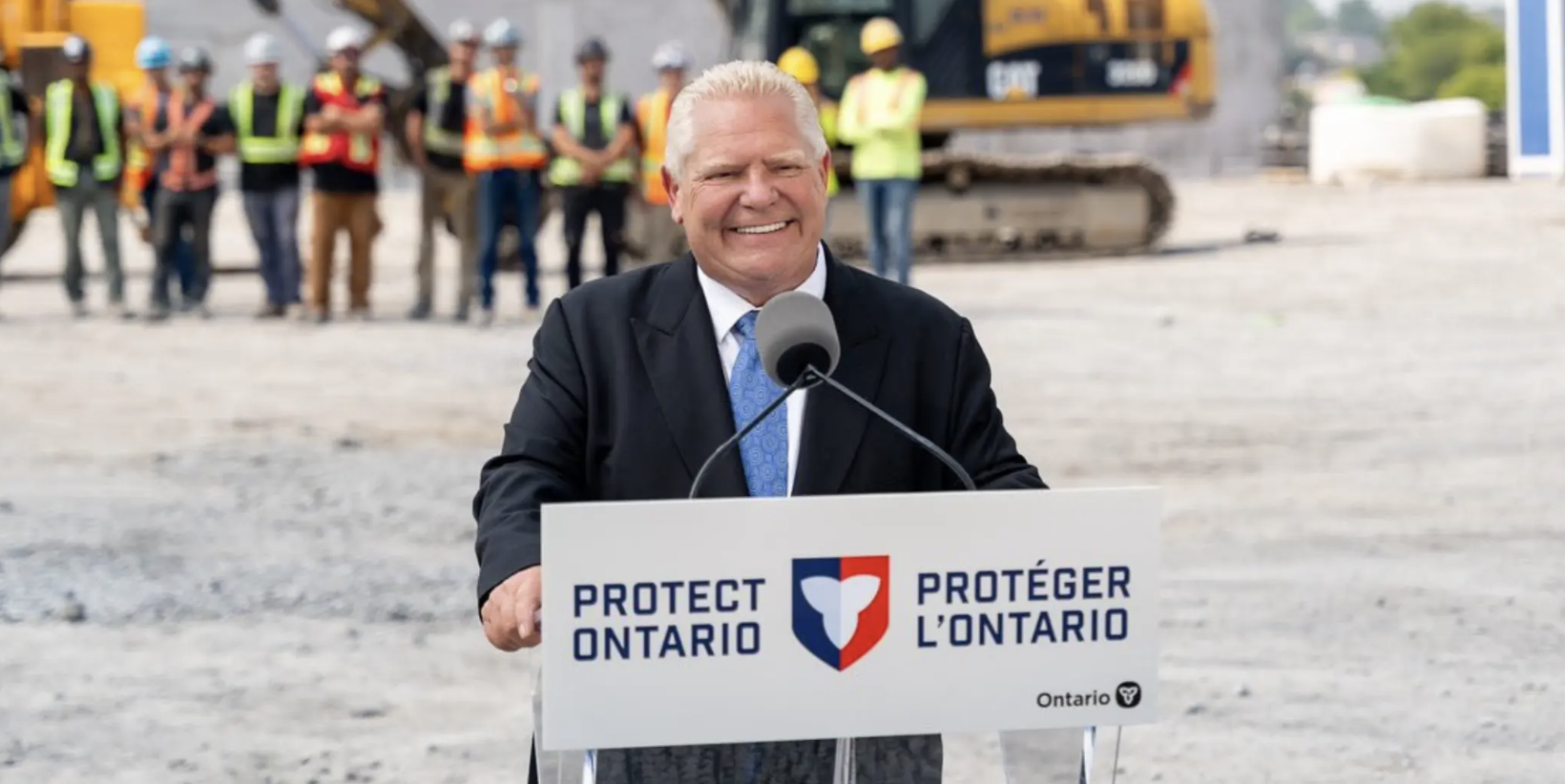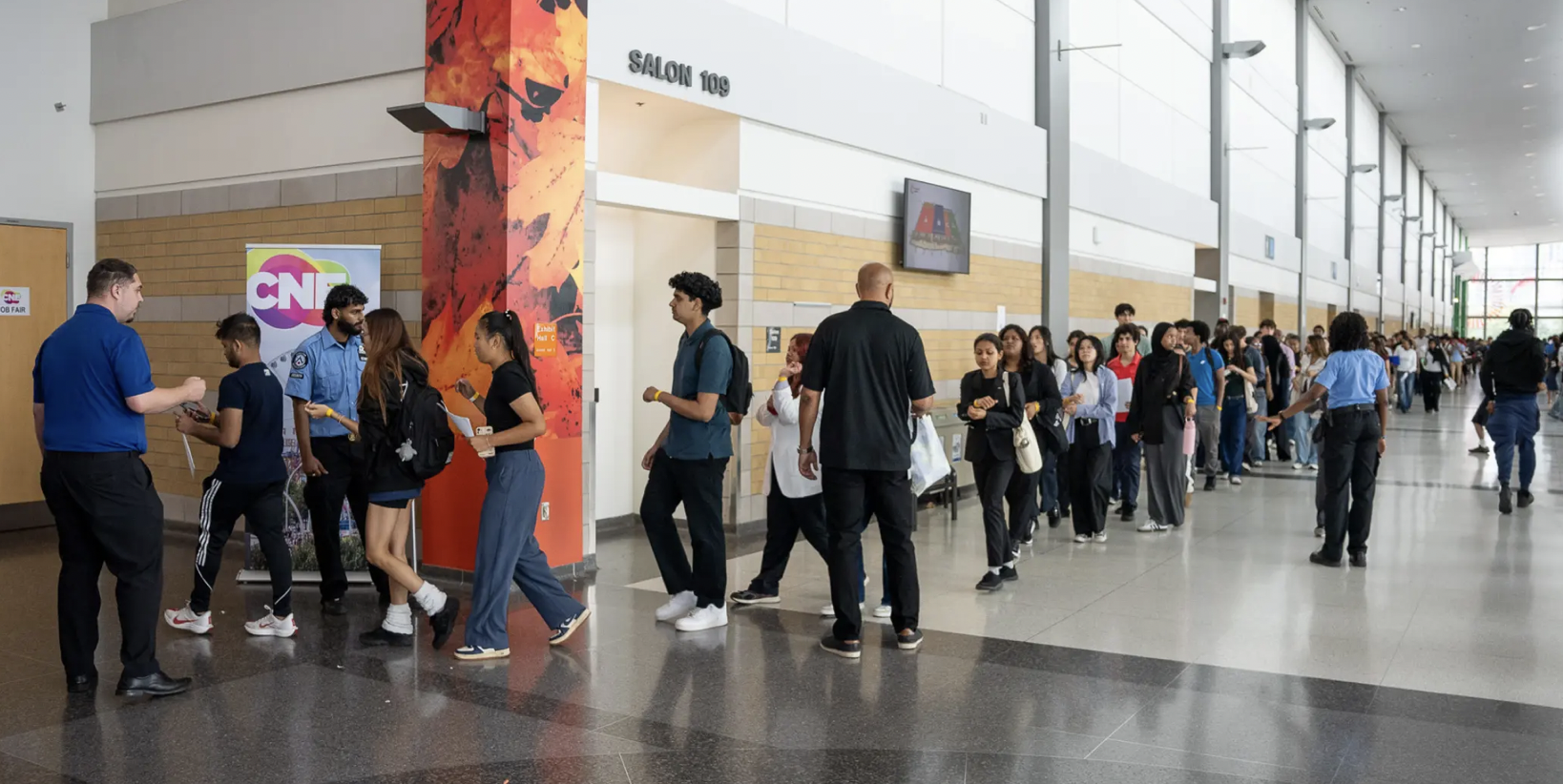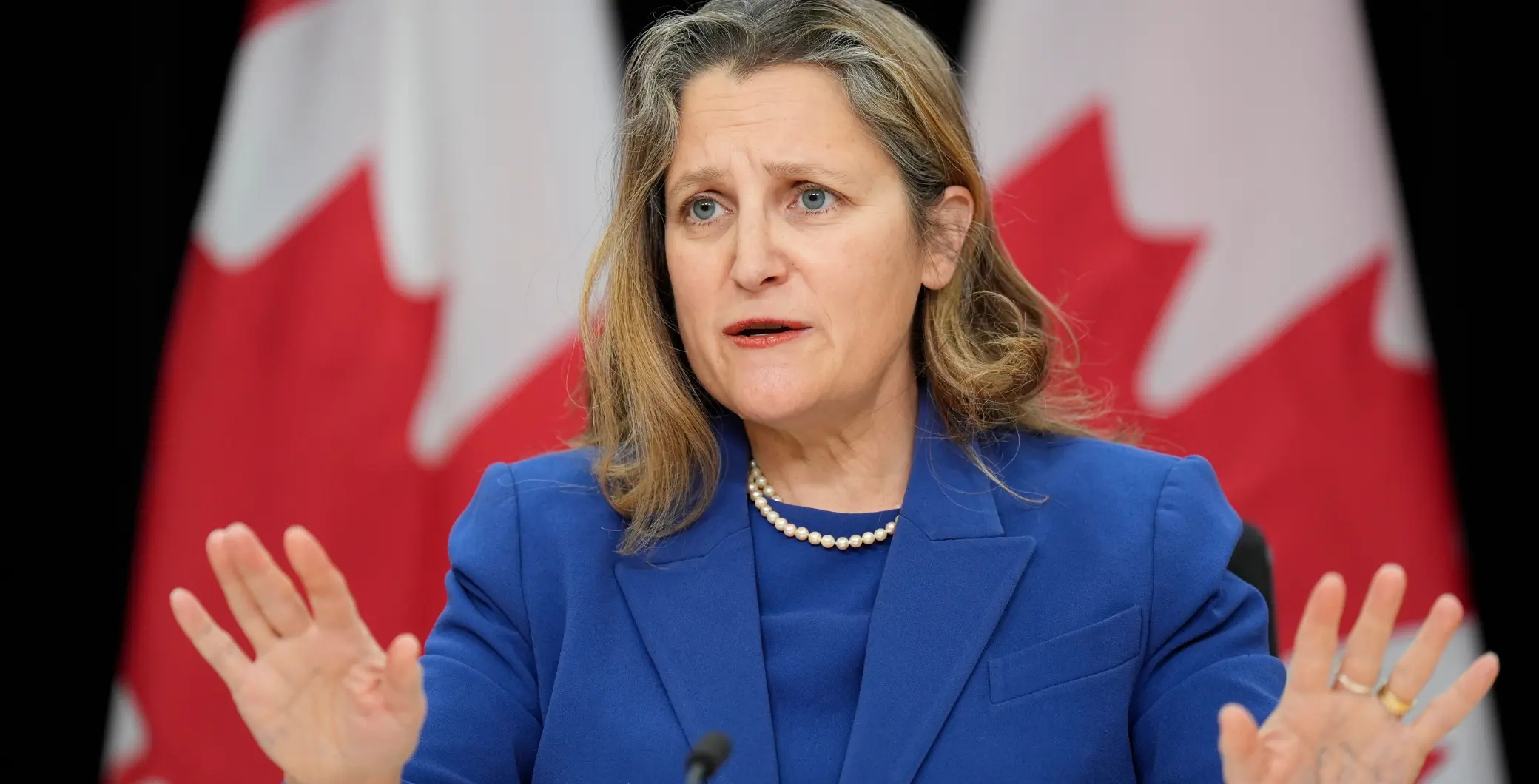Canadians can take advantage of the tax break as of Dec. 14 through Feb. 15, 2025. (Courtesy: THE CANADIAN PRESS-Adrian Wyld/ Canva)
The federal tax break has launched in Canada in an effort to help residents save some cash during the holiday season.
From products like groceries to children’s toys, there are a number of lifestyle items available for the temporary Goods and Services Tax/Harmonized Sales Tax (GST/HST) relief. The province of Ontario, which already provides a rebate on some eligible items already, will also be matching the items proposed by the federal government that qualify for the 13 per cent tax exemption.
Here’s what you need to know about the tax break.
WHEN DOES THE TAX BREAK COME INTO EFFECT?
Canadians can take advantage of the tax break as of Dec. 14 through Feb. 15, 2025.
Last week, Prime Minister Justin Trudeau posted about the relief coming soon, assuring residents that the break will “make life cost a little less.”
In just a few days, essential items will be tax-free in Canada.
— Justin Trudeau (@JustinTrudeau) December 10, 2024
Takeout for dinner. Your morning coffee. Diapers and winter snow pants for your kids. All tax-free for the next two months.
That’s going to make life cost a little less.
WHERE IN CANADA WILL THE TAX BREAK OCCUR?
The tax break will happen across Canada.
In Ontario, the Ford government has pledged to match the federal government’s two-month break which overlaps with pre-existing tax breaks in the province.
The province already provides a “point-of-sale rebate” on the eight per cent portion of the HST on books, children’s goods, some prepared food and beverages under $4 and some books and newspapers.
This will expand to cover the federal GST/HST two-month relief, where consumers will see a full 13 per cent tax break on the items above.
WHY IS THE TAX BREAK HAPPENING NOW?
In late November, the Trudeau government introduced the legislation for a two-month GST/HST break on groceries and holiday essentials, to help offset the rising cost of living and to give Canadians some relief during the pricey holiday season.
According to the federal government, removing the tax from these qualifying goods for two months will provide an estimated $1.6 billion in federal tax relief. A family spending $2,000 on qualifying goods could notice GST savings of $100 over the two-month period.
WHAT IS COVERED UNDER THE TAX BREAK?
The tax break will remove the tax on a number of items ahead of the holiday season. Here is a list of necessities that Canadians can save money on over the next two months.
Food and drinks
All restaurant meals including dine-in, takeout and delivery are covered by the tax break. Additionally, it will cover prepared foods, pre-made meals and catering. Also included are snacks like chips, candy and baked goods; non-alcoholic drinks including coffee, tea, juices, soda and smoothies; beer; wine, cider and sake at 22.9 per cent ABV or less; and premixed alcoholic drinks at seven per cent ABV or less.
Basic groceries such as fresh fruits, vegetables, meat, poultry and fish are already excluded from both the provincial and federal portions of the HST in Ontario.
Food items exempted from the break are vending machines products, dietary supplements and pet food.
Children’s goods
Products for children, including clothing, diapers, car seats and toys are all covered under the tax break.
For clothing, that includes: baby clothes, such as bibs and blankets; children’s clothes (in sizes XS, S, M, or L); socks, hats, scarves and gloves; footwear smaller than 24.25 cm; and sports clothing like jerseys, leotards, ski jackets and recreational swimsuits.
Items that don’t qualify for the tax break include any specialized clothing or footwear designed exclusively for sports (wetsuits, soccer cleats, skates, ski boots, etc.), adult clothing purchased for a child, costumes or makeup and jewellery.
Car seats, which includes all boosters and seats that meet the Canada Motor Vehicle Safety Standards are eligible, but not included are car seats that are built as part of a stroller or carrier combination.
Toys covered under the tax break include most items intended for children under 14 years old, such as board games, card games, toys, dolls, plush toys and jigsaw puzzles. Exempt from the break are collectibles, such as hockey cards or collectible dolls, and toys marketed for adults (like adult Lego sets).
Video games
Video game consoles, controllers and video games are included in the tax break, however, only physical copies of games (CDs or cartridges) qualify.
Physical Books
Published printed books (both hardcover and softcover), magazines and periodicals are covered under the tax break.
E-books and audio books are not exempt, while magazines need to be supplied by a subscription or have less than five per cent of its printed space devoted to advertising in order to qualify. In addition, agendas, calendars and notebooks do not qualify for the tax break.
Newspapers
Printed newspapers qualify for the tax break, but digital versions will be excluded.
Christmas trees
Natural and artificial Christmas trees, as well as “similar decorative trees,” qualify for the tax break.









